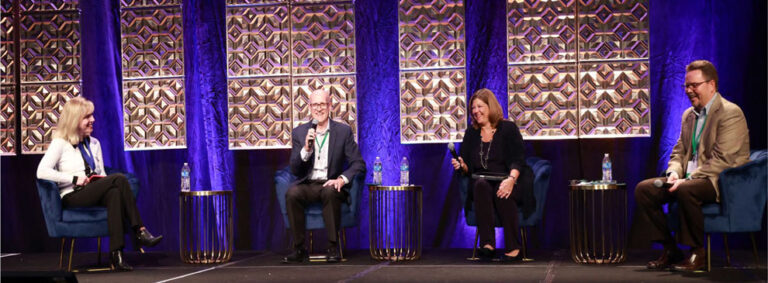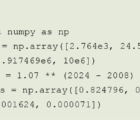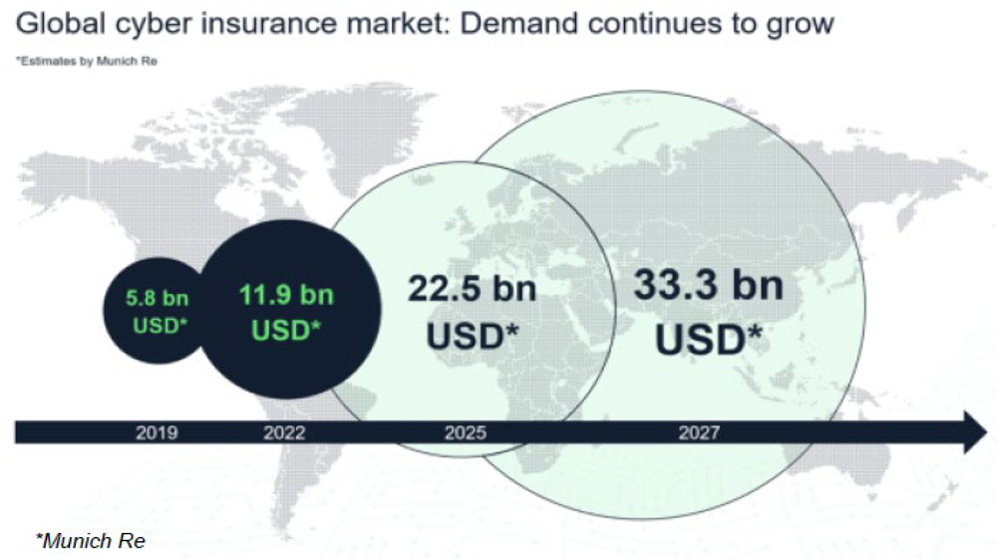
CAS membership has grown significantly for many years, including growth in the percentage of women, Black, Latino and Indigenous people. Despite this growth, however, the percentage of these groups remains well below the general population as well as other science, technology, engineering and math (STEM) professions.
The CAS Annual Meeting featured a roundtable of chief actuaries that discussed “Diversifying the Pipeline,” one of the pillars in the CAS Strategic Plan. CAS President Kathy Antonello, president and CEO of Employers Holdings, Inc., moderated the roundtable. Panelists included Bruce Gifford, FCAS, chief actuary–business insurance at Travelers; Donna Glenn, FCAS, chief actuary at NCCI; and David Cummings, chief actuary at USAA.
Antonello opened the roundtable with her definition of diversifying the actuarial pipeline: “Opening up and bringing awareness to a diverse group of highly talented individuals across the globe — diverse universities, majors, degrees, gender, ethnicities, background and thought.”
Why is this important? Travelers, NCCI and USAA — like the rest of the insurance industry — already insure a diverse portfolio of customers and are seeking to grow in underserved markets. Success in these markets requires having employees who can understand the perspectives of these customers and prospects.
All three panelists shared how their companies are working to recruit more diverse employees and are aligning with the CAS goal to diversify its membership. Common approaches include expansion of actuarial recruiting to a wider range of colleges and greater consideration of second career candidates, as well as supporting educational awareness efforts in high schools and in their communities.
In 2018 research co-commissioned by the Casualty Actuarial Society, International Association of Black Actuaries, Society of Actuaries and The Actuarial Foundation helped define barriers facing groups currently underrepresented in the actuarial profession (e.g., Black/African American and Hispanic/Latino). Based on the data collected, the researchers identified five areas where certain demographics might encounter “barriers to entry” into the actuarial profession:
- Awareness of the field
- Consideration of actuarial science as a viable profession
- Preference over other STEM professions
- Intent to take and pass the exams
- Employment and retention
Cummings emphasized the necessity to help any candidates overcome any doubt or fears they may have and help them see a path to success in their actuarial careers.
Equally as important as recruitment, the panelists discussed the necessity of initiatives for existing employees to ensure diversity throughout all levels of the organization. Gifford discussed the focus that Travelers places on DE&I, stating its initiatives related to recruiting, retaining and advancing talent. “You must have a culture of inclusion for your organization to be successful,” he said. “We seek diverse interview panels for all hiring and promotions, and we look for cultural adds in addition to cultural fits.”
Glenn shared her experiences of being the only woman in the room at too many points in her career. These experiences illustrate the importance of leaders deliberately spreading around the opportunity with stretch assignments, rotations and promotions because this opens the door for diverse candidates to rise in our organizations. She encouraged new Associates and Fellows to think about what they want in their careers as they have long futures before them. She emphasized the importance of versality of thought and empathy for others as part of a strong DE&I culture.
Cummings shared that USAA, which primarily serves the military, veterans and eligible family members, consistently hires veterans to ensure their employees understand the experiences of their customers. This mode of thinking can translate well to the DE&I conversation because the ultimate goal is the same: A workforce that resembles and therefore can relate to the customer base.
Cummings shared how his actuarial department has fostered candid workplace dialogue about DE&I since the murder of George Floyd. These conversations were essential to allow staff to share, listen and learn from each other’s life experiences and to come to a more common understanding.
As the panelists continually emphasized the importance of inclusion, Antonello asked Gifford to go deeper on how Travelers has created an inclusive culture. Many Travelers employees, including leadership, have gone through a conscious inclusion workshop, which explores biases and how to be more intentionally inclusive in day-to-day interactions. Gifford’s team also empowers passionate employees and encourages them to get involved in decision making as it relates to DE&I through a group called the Culturevators. This team develops recommendations for leadership that often lead to dedicated initiatives aimed at furthering DE&I across the company.
The panelists shared their insights on how the pandemic and transition to greater remote work have impacted DE&I efforts. On the positive side, their companies have recruited from a broader geographical diversity, which also brings more diversity of experiences to them. However, they are all still building “new muscles” for how to foster employee development for remote staff.
Dedicated mentoring programs, especially having diverse mentors assigned to diverse mentees, have proven helpful. Each panelist shared examples from their own careers and from within their own companies. They challenged new FCAS and ACAS members to volunteer for the CAS to find mentors outside their companies. Mentoring can work well for remote employees, but most organizations will have an insufficient number of mentors to provide this benefit to all employees.
After a robust discussion and Q&A session, Antonello asked each panelist to close with final words of wisdom for the audience. Glenn went first with, “Be an ally, be a mentor, be you.” Cummings offered, “Lift where you stand,” stressing that we all have opportunities to help diversity, equity and inclusion to become more of a reality from wherever we stand. Gifford closed with, “Be vulnerable; become comfortable with being uncomfortable.”
Dale Porfilio, FCAS, MAAA, is the chief insurance officer for the Insurance Information Institute.












